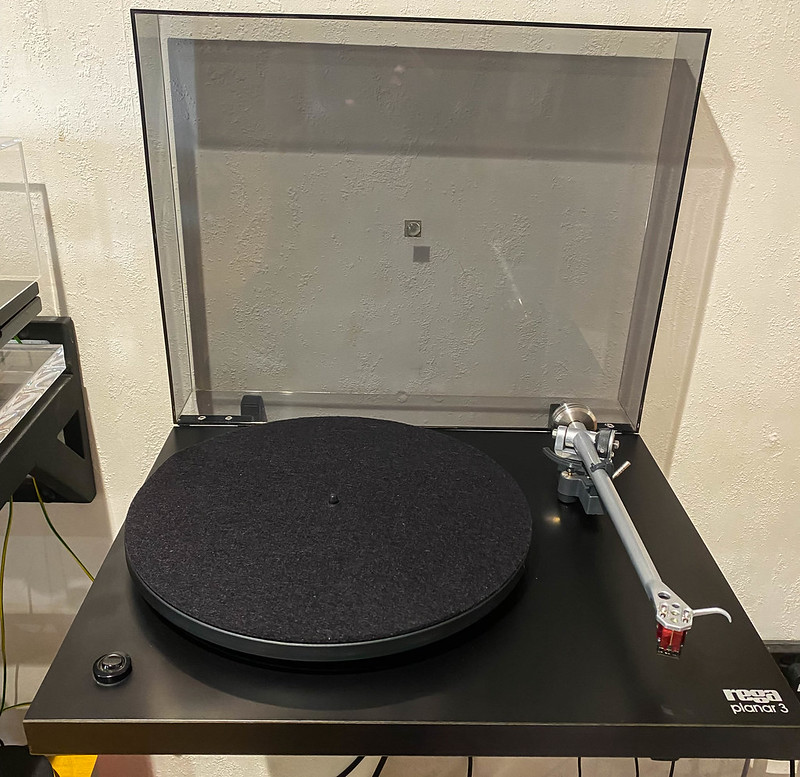Watched this video before the thread was started. Interesting fodder for we audiophiles (it's a nasty illness!)
As I understood the guy's logic, in selecting a turntable to demonstrate his speakers to customers, he initially appeared drawn to the LP12, but without directly criticising it, he drew an analogy between his old classic sports car, which, he said, he had upgraded, but that it still remained an old classic sports car (LP12?) whilst modern cars (P10) will necessarily, through innovation, and new materials, be logically better! He then championed Rega's low mass approach by showing us the vibrational effects on a glass of water on his kitchen unit, conclusively showing that a high mass unit transmits vibration, so low mass must be better??
Well yes, if that approach doesn't work, then Roy Gandy has wasted years of development, but that is not to say that alternative approaches (LP12) do not produce the goods. He did not say that he had tried an LP12 in his demonstrator system, just that he had been tempted to buy a used undisclosed spec of LP12, but decided not to pull the trigger on it, because of his above logic.
Perhaps should have hired/borrowed a high spec LP12, and compared to a Rega P10 in the context of his system, to see the effects, and may then have concluded that, against all his logical deductions, an LP12 (higher mass, sprung suspension) turntable, albeit with the relatively expensive modular add-ons eg. Keel/radical/Ecos SE/Karousel etc., may have better demonstrated to customers, the potential of his speaker designs? If the turntable was to be selected to best show off the speakers, then you'd think that as this is his business, that he would have have picked the best synergistic match, after lengthy auditioning, as there was such a lot at stake in convincing customers as to the merits of his speakers?


